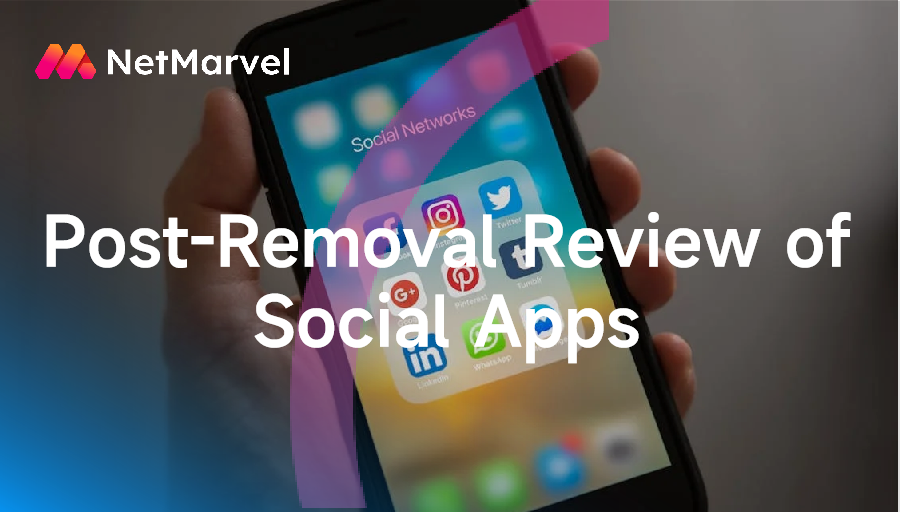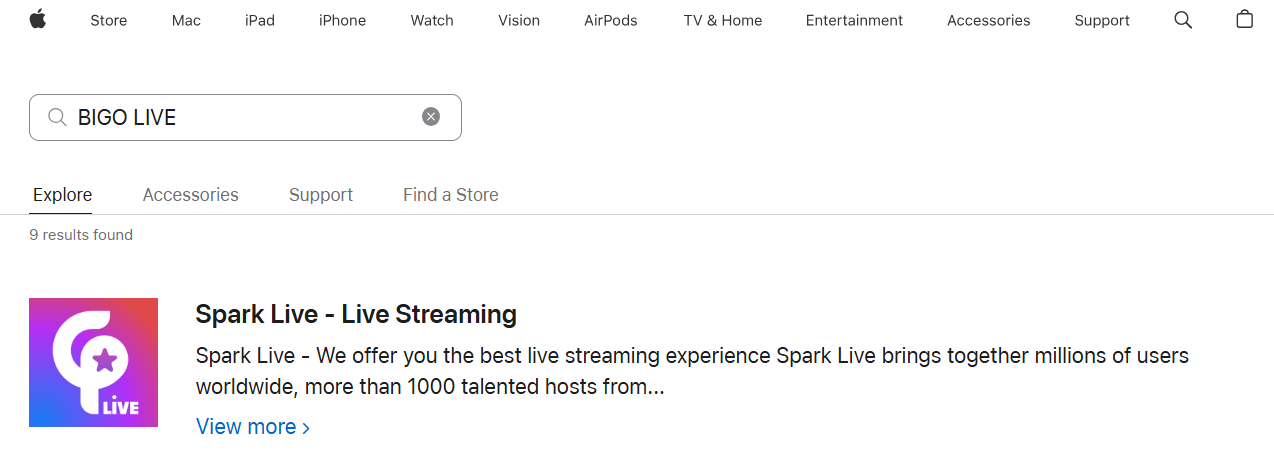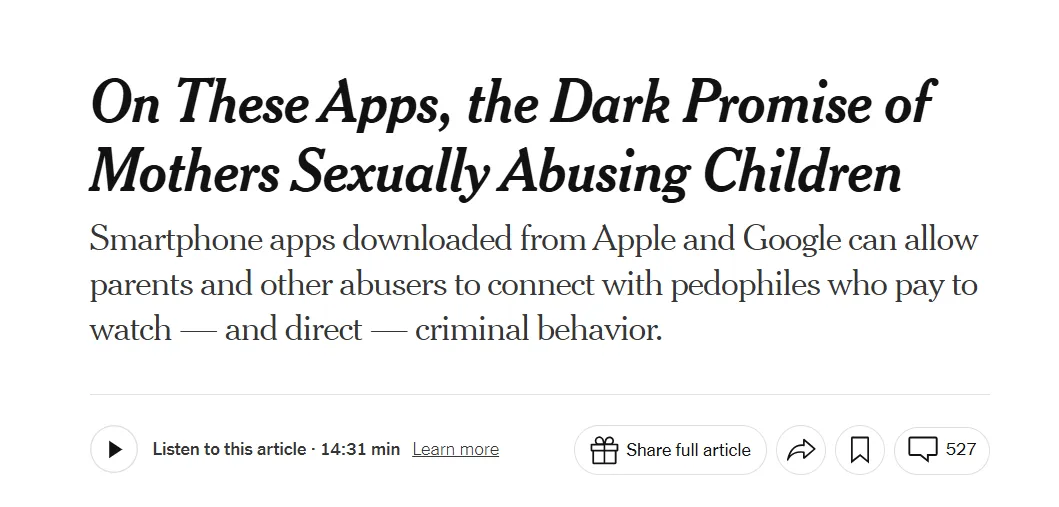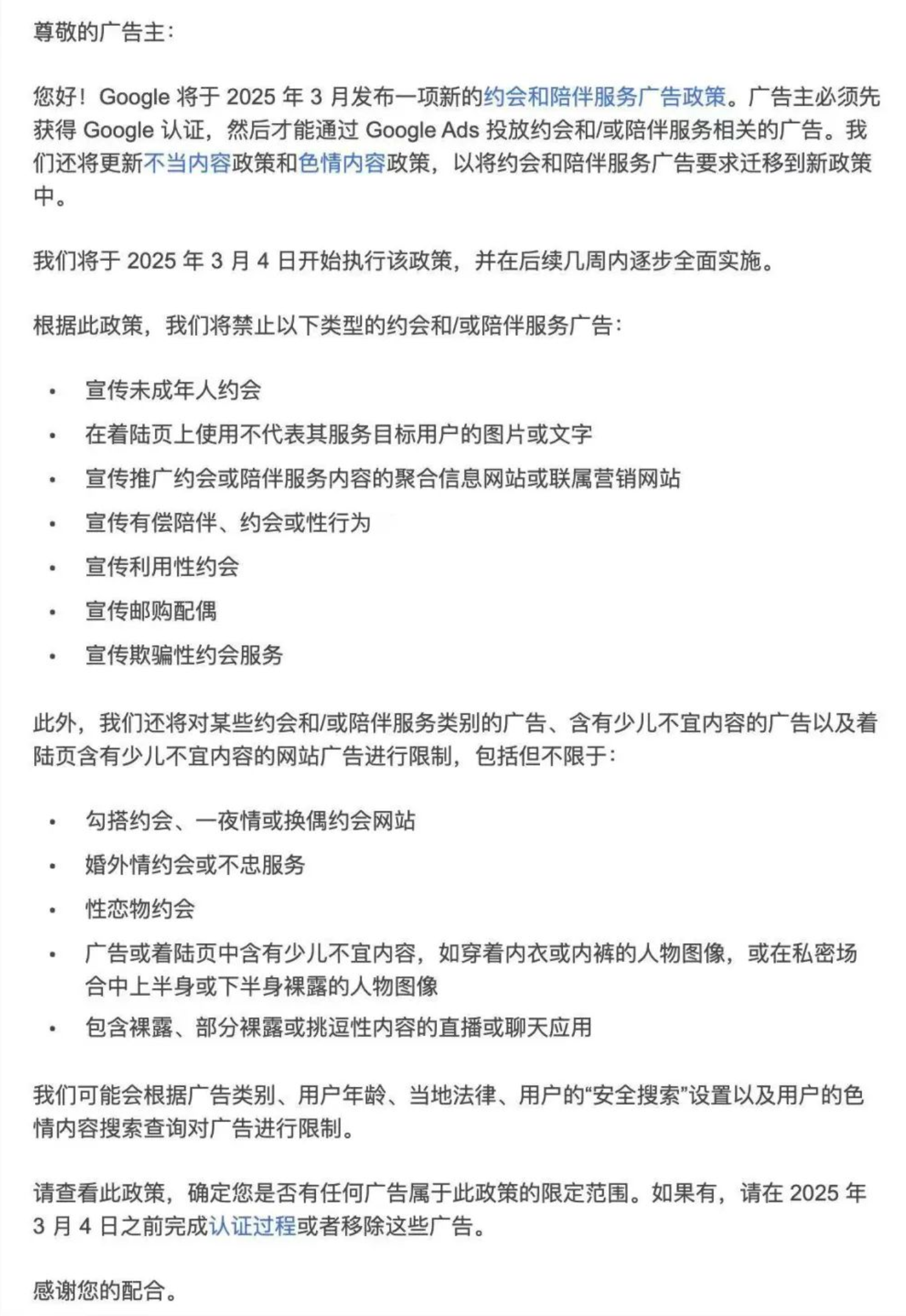

At the beginning of December, several overseas social media apps faced removal from both Google and Apple platforms, sparking widespread attention within the industry. As globalization accelerates, Chinese developers have become a formidable force in the international social app market. However, the recent wave of app takedowns has served as a stark reminder: compliance with content regulations and adherence to platform policies are critical for long-term success.

Partially removed social apps, source: Network
01/ The December Takedown Crisis
• December 5–6: Several social apps, including BIGO LIVE, Tango, and LiveMe, were removed from app stores across multiple regions.
• December 13: BIGO LIVE was temporarily reinstated on Google Play but was taken down again the same day.
• December 14: AI-powered social app Talkie was removed globally from iOS, while Tango returned to Google Play.
• December 20: After making adjustments and introducing a child privacy policy, BIGO LIVE resumed availability on Google Play. Talkie also returned to Google Play.
As of now, many top social apps are accessible on Google Play, but several remain unavailable on iOS platforms.

Social products such as "BIGO LIVE" and "Tango" have not been restored on iOS channels after being taken down, source: Network
02/ Root Causes Behind the Takedowns
These removals were not coincidental; they reflect stricter scrutiny by Google and Apple over app content and behavior. Both platforms have long maintained rigorous standards for content compliance, user privacy, and experience, leading to frequent removals in the social app category.
According to statistics, the U.S. iOS App Store alone saw 1,209 social apps removed in September 2023, with 2,115 in August and 2,212 in July. These takedowns spanned various app types, including proximity-based social platforms, LGBTQ+ apps, and AI-powered solutions. The removal of social applications in such large numbers can be attributed to several key factors, primarily based on platform and regional policies, which include the following reasons:
1.Violations of Child-Related Policies
Many social apps risk breaching child privacy regulations. For example, Ukrainian developer Wildec’s dating apps, such as FastMeet, Meet24, and Meet4U, were removed for failing to prevent usage by individuals under 13, violating the Children’s Online Privacy Protection Act (COPPA) and FTC guidelines.
A New York Times article on December 8 revealed instances of child exploitation content on some social, dating, and live-streaming apps, possibly contributing to recent takedowns.
 Source: The New York Times
Source: The New York Times
2.Policy Changes and Enhanced Oversight
On December 4, Google introduced new "dating and companionship" ad policies requiring developer certification and compliance with updated standards. Non-compliance led to removals, as seen with apps like BIGO LIVE and Tango.
Similarly, Apple's strict content and privacy policies have affected apps like Guangzhou Maitanxi's Mango Live, which may have been removed due to low ratings or misalignment with Apple’s standards.
 Google unveils new dating and companionship ads policy and advertiser certification programme, source: Network
Google unveils new dating and companionship ads policy and advertiser certification programme, source: Network
3.Regional Policy Bans
Local government restrictions also play a role. For instance, Australia recently approved a ban on social media for individuals under 16, set to be trialed in January 2025. While its impact on iOS removals remains unclear, developers are concerned about broader implications, such as restrictions on minors engaging in live streaming or social chats.
03/ Proactive Strategies for Developers and Advertisers
For Developers:
1.Strict Compliance with Policies
Stay updated on platform and regional requirements, including Google and Apple's rules. Conduct regular audits and address issues promptly to avoid removals.
2.Enhanced Content Moderation
Strengthen review processes to ensure content aligns with laws, cultural norms, and user safety standards. Proactively address sensitive topics and enforce community guidelines to prevent the spread of prohibited content.
3.Prioritize User Privacy
Handle user data in accordance with privacy regulations, clearly communicating data usage to foster trust.
For Advertisers:
1.Diversify Advertising Channels
Avoid over-reliance on a single platform. Explore alternative ad channels to adapt quickly and mitigate risks during disruptions.
2.Optimize Ad Content
Focus on creating engaging, non-intrusive ads that enhance user experience. Ensure ads comply with regional laws and cultural norms to maximize effectiveness.
3.Strengthen Risk Assessment
Collaborate with reputable, stable platforms. Evaluate compliance history and market performance before investing in social app advertising campaigns.
Conclusion
Content compliance remains a critical challenge for social apps and other industries. For businesses expanding internationally, the key to sustainable and healthy growth lies in robust risk management, adherence to platform guidelines, and the ability to adapt to evolving market dynamics.










